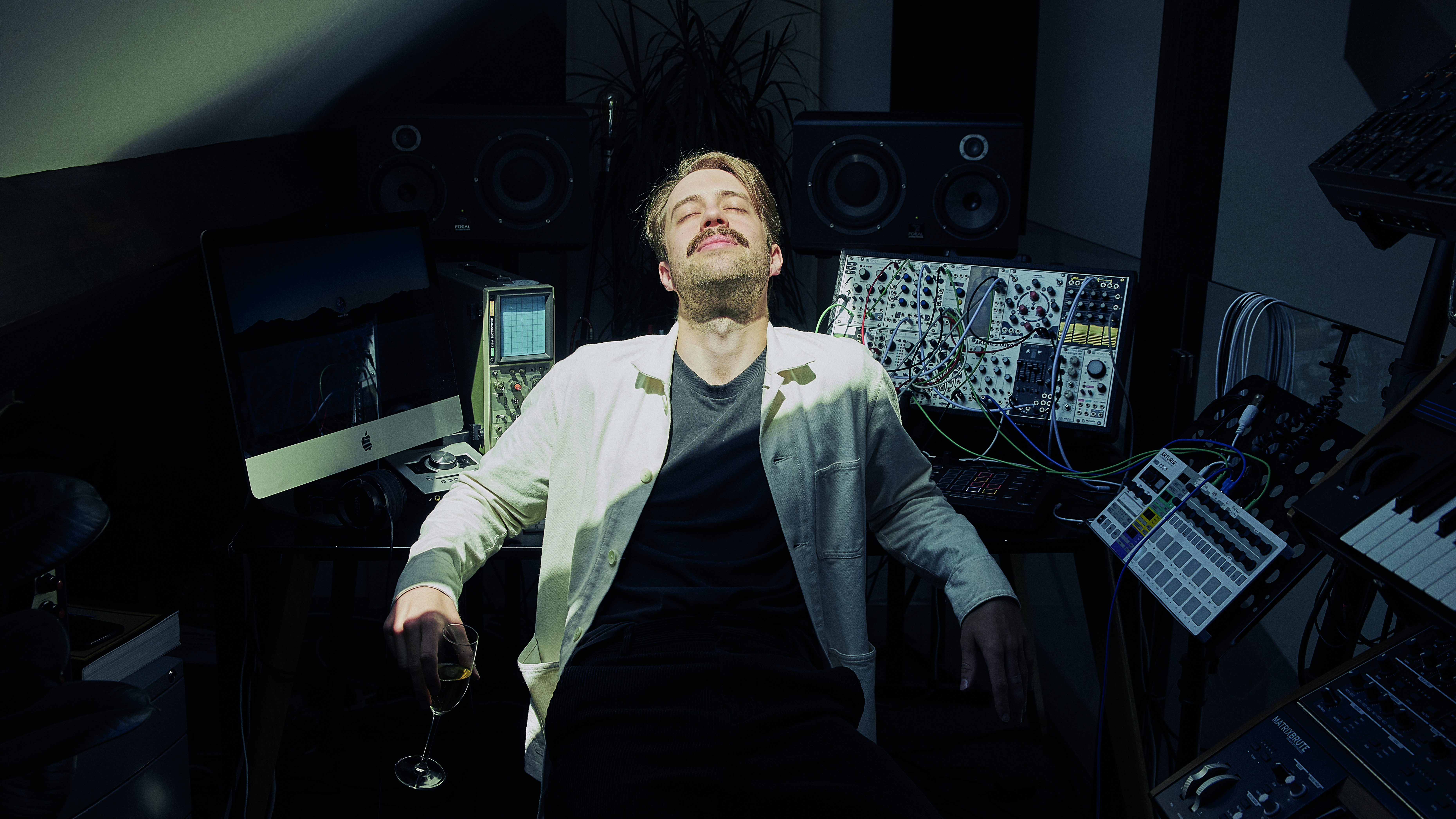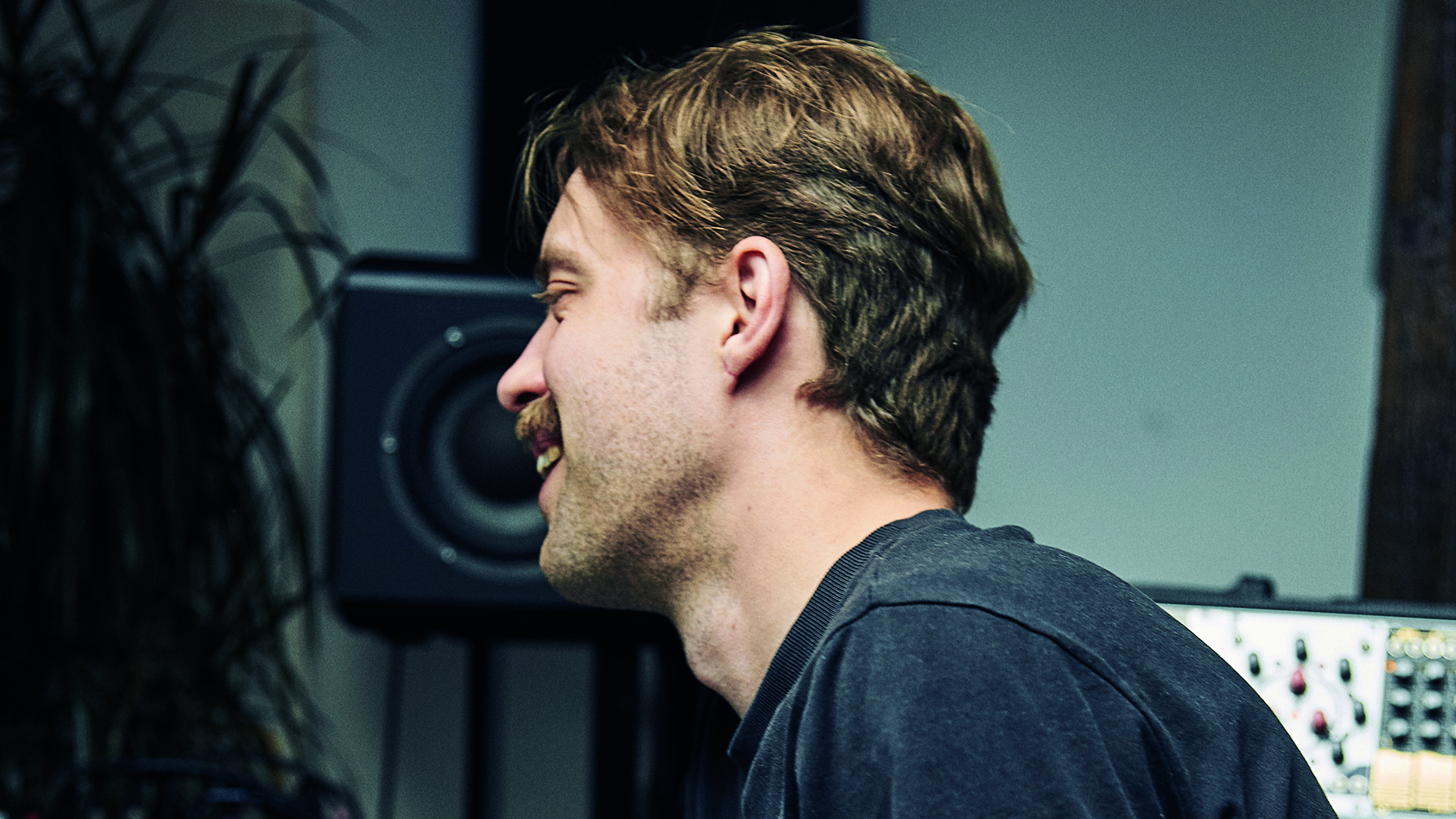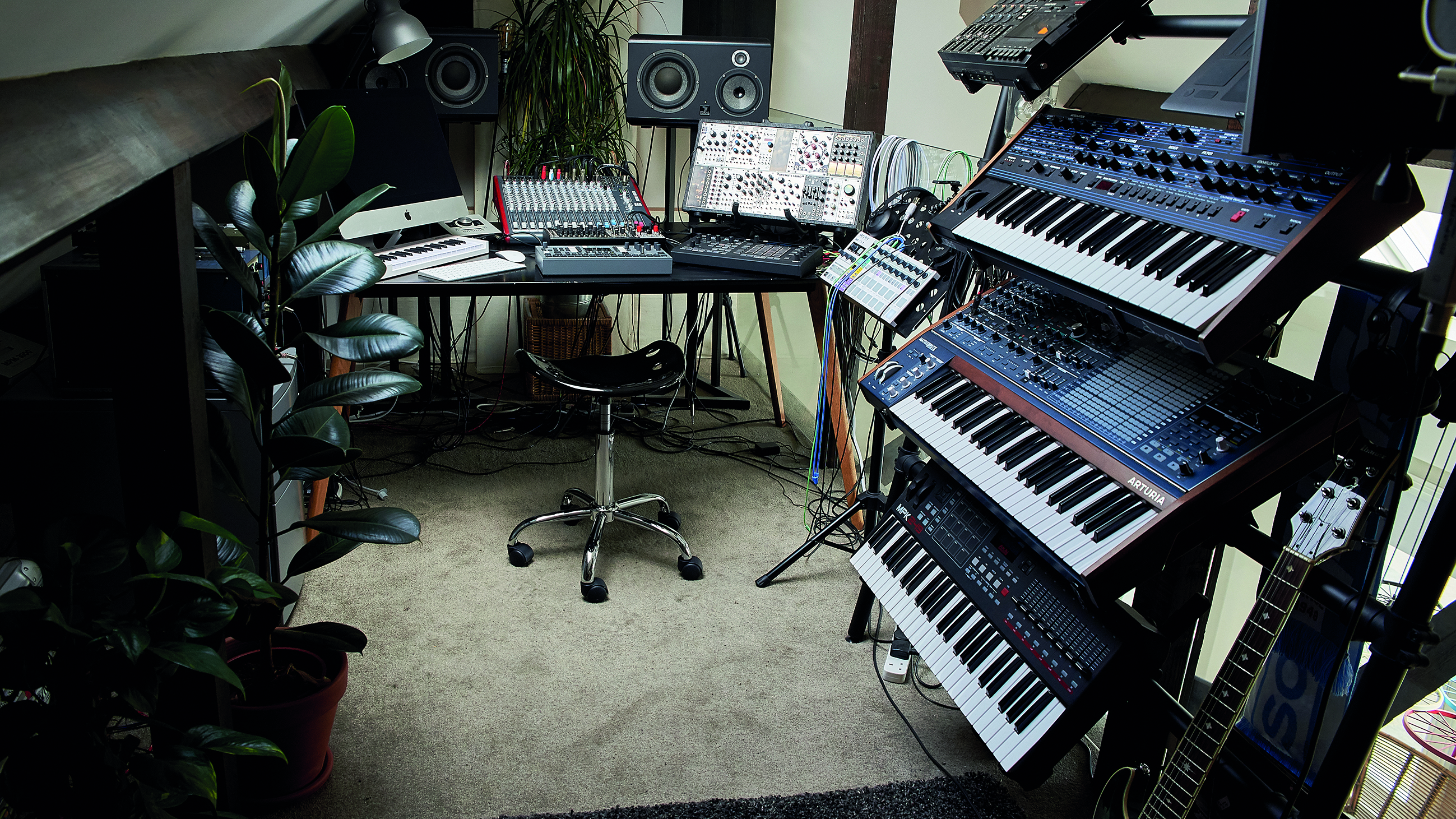Third Son on producing an entire album in 20 days: "There's life in imperfection"
Joseph Thomas Price's lockdown challenge was more difficult than most...

Given that recent world events have pretty much cancelled the entire global social and cultural calendar, many people have found themselves with an abundance of time on their hands. It’s not uncommon to find people taking on something new, from gardening to baking to misguided construction work - lots of people seem to have a project right now.
For British producer Joseph Thomas Price, aka Third Son, lockdown hasn’t meant putting music on hold, though. Instead, he took advantage of the rare window in his schedule to climb the Everest of any musician’s career - his debut album.
Not content with simply setting himself the goal of creating a full LP, Price publicly committed himself to the task of writing, recording and releasing the album within 20 days, while documenting the process on social media.
It was more than just an empty promise, too. Having kicked the project off on 1 May, Price released the 11-track album, 20 Days, via his own Polymath label on 20 May.
A blend of modular-powered electro percussion and bubbling techno synths, the resulting record acts as the perfect summation of Third Son’s influences and provides a snapshot of where Price is at as a musician.
We caught up with him to find out more about the hows and whys of working to such a tight deadline.

Why did you decide to record an album in 20 days? What was the thinking behind the time limit, and why do it now?
Get the MusicRadar Newsletter
Want all the hottest music and gear news, reviews, deals, features and more, direct to your inbox? Sign up here.
“It was time for me to make an album. I wanted to do something that was challenging and I’ve always kind of known I work best under some sort of pressure. After hours of talking ideas through with my management I started to get excited by the idea of doing something unique.”
Beyond having the time limit, did you have any other set concepts or influences guiding you?
“I had an idea in my head of how I wanted it to sound as soon as I committed to the project. I wanted it to be very focussed, with recognisable themes that were carried through the whole play. I also decided to call on people on socials for thoughts, which helped me to shape the general feel of the album.”
Tell us how you prepared for the process. Did you change your studio in any way?
“Yeah, I rearranged the studio a bit with the computer on the side, modular at the helm. Not sure how good it was for my neck, though...
"I collected a bunch of drum sounds which you can hear throughout. I also chose just a few Eurorack modules to work with. Akemies Taiko is a highly musical drum module that you can hear in nearly every track in one way or another. I passed that through Supercell, a Mutable Instruments Clouds clone, which adds so much life. Again you’ll year the sparkle from that come through on a lot of the tracks.”
Talk us through the rest of the studio setup you used for the record...
“The Elektron Octatrack was the main sampler, with the Toraiz Squid acting as a sequencer for the modular. Over the last year or so I’ve actually been sizing down my setup, trying to focus on what it is that I’m actually using. Limiting what’s available, paradoxically, frees you to be so much more creative.
“I have a couple of MIDI keyboards hooked up to Ableton, but other than that I’m just recording in via a stereo mixer. I’m always taking my time recording each part, and adding lots of variation as I go. It’s those small bits of random variation, or happy accidents, that add magic to a track for me.”
Something changed in my music when I started using hardware to sequence my music. It’s hands-on and it’s exciting.
You seem to have a few different hardware sequencers in your collection...
“I try to stay away from the screen as much as possible until it comes to the recording stage. So I’m basically just playing, jamming and having fun until that point.
"Something changed in my music when I started using hardware to sequence my music. It’s hands-on and it’s exciting. It’s experimentation in a very human way, which translates directly into the music.”
Tell us more about the small modular rig you’re using at the centre of your setup - what role does that play and what modules do you have in there?
“All of the main ideas are coming from the modular. I have a 6U case which then runs into a smaller effects unit, with Supercell, Mimeophon and an analogue filter. The main case is basically voices and utilities, with Akemies Taiko, SY0.5 (a Syncussion clone), Plaits, WMD Fracture and Maths doing the heavy lifting. It’s kind of a glorified drum machine that I can use across the keyboard to create motifs.
“It took me a while to realise what I wanted out of modular. I now know that drum modules with immediacy and playability are all I need to make a full track. Don’t get me wrong, I’m not just making drummy music; the beauty is that with utilities, effects and resourceful patching, I can shape those sonics into any type of sound I really want.”

Was that always the starting point of the creative process, then?
“I always start with looking for that seed of an idea. With this record I’d start tapping in rhythms into the Squid, which is patched to the Akemies Taiko module. I’d then add drums and start layering up the idea, either with delays that offset the original idea to give a completely new feel, or recording and cutting up the sample. I really like chopping up and playing with audio.”
Did you work on multiple ideas at once, or did you finish each track before starting on the next one?
“I usually prefer to finish what I start. There were times when I’d come up with something while making one track, which didn’t necessarily fit, and record it into a new project for later.”
How did you go about turning your initial ideas into full tracks? Do you have any tips on how to go about finishing off a track arrangement on a short deadline?
“My policy with that is really to just jam until you have an idea that you think is worth turning into a full track. Is it something that’s worth highlighting, stretching and developing? When I do have something that I really like, I’ll start deconstructing it in a way, using typical compositional techniques: retrograding, re-harmonisation, time shifting and so on.
“Keeping that in mind is really important when it comes to arranging. Don’t lose sight of that original idea and keep it simple. Make a basic A-B-A style structure and take it from there. If the arrangement is getting cumbersome, strip it back and start again. Don’t flog a dead horse – I’ve learnt that the hard way.”
At what point did you start mixing the tracks? Were you mixing as you go or did you leave the bulk of it to the end?
“I tend to mix as I go, or at least get it to a place that I can listen to it on my headphones while I’m doing something else. With the album, I was checking through everything I’d done that day before going to sleep. The last two days were dedicated to polishing, mixing and mastering. And ultimately letting go.”

What were the main mixing tools you used? Was that done mostly in-the-box or did you use any outboard processing?
“It was all done in the box. I really like a clean master. I’ve had a lot of heavy analogue masters done on my music and it can be interesting, but I’m already concentrating on colour so much through the writing and mixing stages, it often becomes too much when even more processing is added at the end of the chain.”
What proved to be the biggest challenge?
“Funnily enough, the social media side. Part of the project was to keep it documented online, and ask questions to fans as I went in and attempt to get a feel for what people really liked in my music, or an LP in general. It sapped so much energy.”
If you started it all over again, is there any way you’d change how you approached the project?
“I would put the phone to the side. No social media or distractions. It would be interesting to do it again completely offline.”
How did you approach the mastering process? Was it tough listening with a fresh set of ears after such an intense writing period?
“Yeah there was a constant back and forth. I spent evenings listening on studio headphones lying on my floor, and the last day constantly checking on my SM9s, as well as some other systems around the house.
"The key is not to listen too loudly or the ears start to get confused.It’s important to have a homogenous sound with something like this. I used Slate digital mixing and mastering tools, and Ozone by iZotope, which I live by.”
In the end, do you think the 20-day time limit was a help or a hindrance? Is there anything you wish you could have done with these tracks that you didn’t have time to do?
“It was certainly helpful. I made around 18 tracks, with maybe 13 or 14 good enough to release. That’s a really high ratio. I wouldn’t touch those tracks at this point; there’s life in imperfection. I’m so happy with how the whole thing turned out.”


Future Music is the number one magazine for today's producers. Packed with technique and technology we'll help you make great new music. All-access artist interviews, in-depth gear reviews, essential production tutorials and much more. Every marvellous monthly edition features reliable reviews of the latest and greatest hardware and software technology and techniques, unparalleled advice, in-depth interviews, sensational free samples and so much more to improve the experience and outcome of your music-making.
"At first the tension was unbelievable. Johnny was really cold, Dee Dee was OK but Joey was a sweetheart": The story of the Ramones' recording of Baby I Love You
"Reggae is more freeform than the blues. But more important, reggae is for everyone": Bob Marley and the Wailers' Catch a Fire, track-by-track










